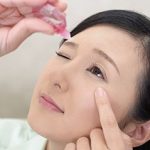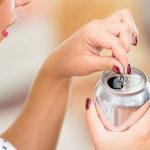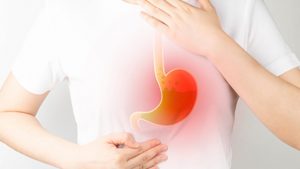
Tainted eye drops are back in the news, with federal regulators warning consumers not to use certain eye drops because of contamination concerns. The U.S. Food and Drug Administration on Tuesday advised people to avoid purchasing and immediately stop using Dr. Berne’s MSM Drops 5% Solution and LightEyez MSM Eye Drops—Eye Repair because the drops may be contaminated with bacteria, fungus or both. Specific microbes isolated from FDA testing include Bacillus (a bacterium) and fungal Exophiala in the Dr. Berne’s MSM Drops 5% Solution. In the LightEyez MSM Eye Drops—Eye Repair, FDA testing detected bacteria including Pseudomonas, Mycobacterium, Mycolicibacterium and Methylorubrum. The Dr. Berne’s products are distributed by Dr. Berne’s Whole Health Products. That company agreed on Monday to a voluntary recall of those particular eye drops. The LightEyez products are distributed by LightEyez Limited. LightEyez has not responded to an FDA email seeking to discuss the FDA’s concerns, the agency said. So far no one has reported adverse events from using the drops, the FDA said, but the products should be thrown out because using them could lead to minor or serious vision-threatening infections. That could even progress to a life-threatening infection, the agency warned. Patients who have signs or symptoms of an eye infection should talk to their health care professional or seek immediate medical care. The two eye drops included in the… read on > read on >






































